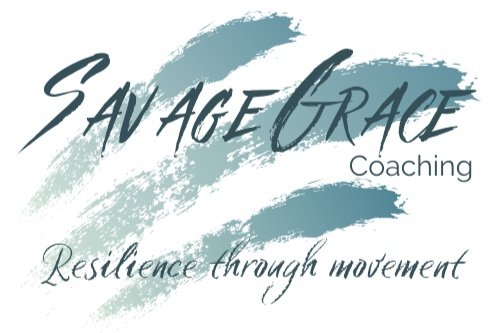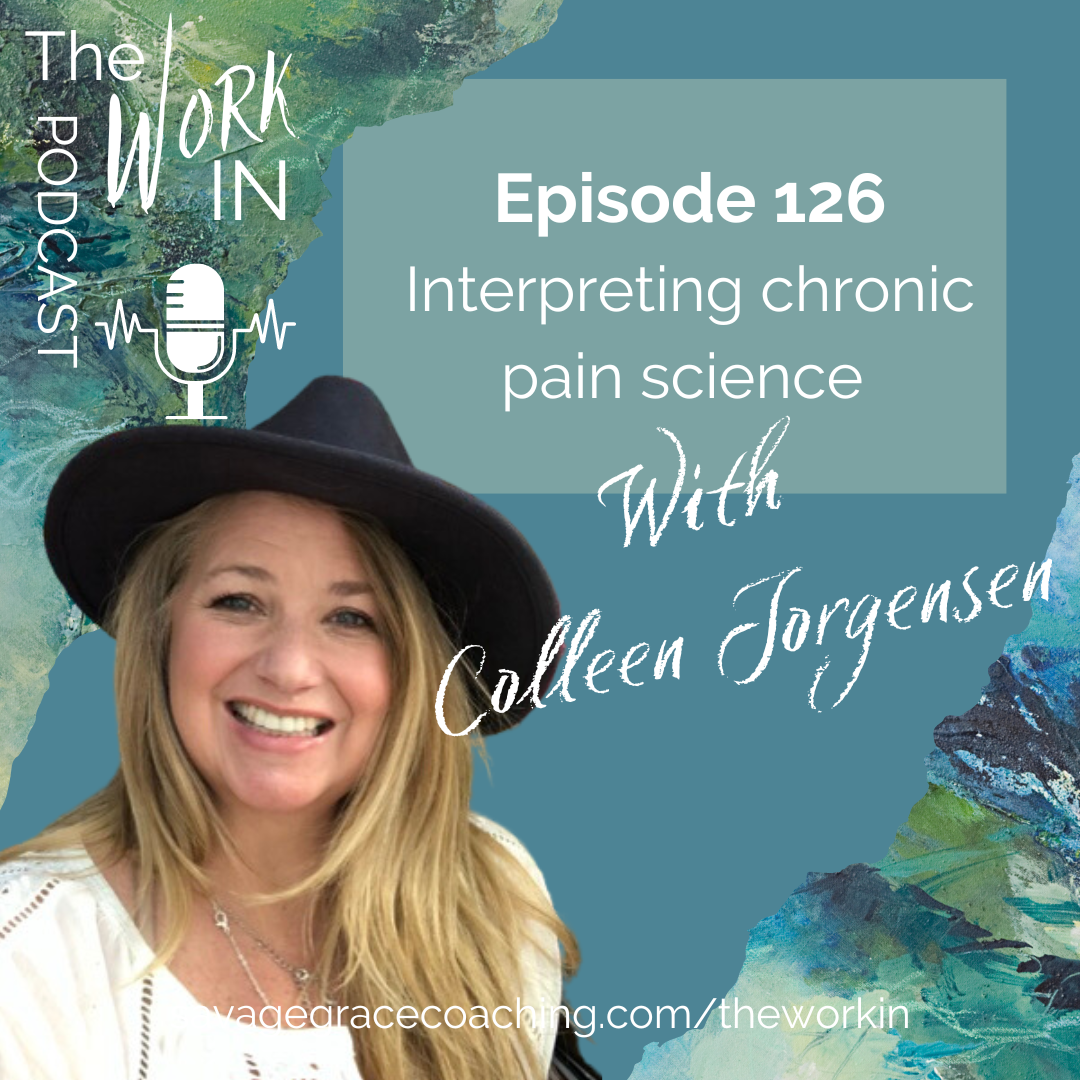
Welcome to The Work IN!
Mobility: Building body faith and balance
Hypervigilance in the body, whether from chronic pain or previous injury or our beliefs about our health can break our faith in our body and its capabilities. Mobility is the pathway back to body faith and freedom of movement. Basically it’s reconnecting with all of the things we took for granted when we were younger. Strength, stamina, balance and coordination. That’s our work IN today we’re looking at using mobility to stage our own personal body faith revival.
When it hurts to move something has to change
One of the biggest myths about movement is that if it hurts you shouldn’t do it. And if we’re talking about an acute injury like a broken arm or torn acl then yes that’s true. In the acute phase of an injury we need to hit pause. But what if the source of our pain isn’t known, or the treatment isn’t knowable. I’m talking about the kind of chronic pain that our medical professionals can’t find a reason for or have no cure. That’s our work IN today. We’re discussing the connection between mobility and chronic pain and how we can use movement to change our experience in the body.
Best of replay Interpreting chronic pain science with Colleen Jorgensen
In this Best of Replay my guest is a long time friend of The Work IN. There are so many frustrating things about health and wellness information. As fitness professionals and coaches we watch for the latest information in science and do our best to curate and explain it to our clients and students. As consumers of that information, it can be so confusing to try to understand what the latest science actually means for our day to day lives, and for a topic as complex as chronic pain, that becomes even more challenging. On the one hand, it's great to get new science, new understanding about the body and the nervous system so we can make the best choices in our care. On the other hand, what does that mean for everything that we knew before? does it all go out the window? How do we how do we integrate that new understanding of pain care science in meaningful ways, and share it when it comes to posture, alignment and movement therapy? My friend Colleen Jorgensen reached out to me a few weeks ago with this question as a topic for the podcast. And I thought it was a really great idea. I love bringing clarity to topics like this and I always learned so much from Colleen. She's been on the podcast before. We've talked about chronic pain, the nervous system pain care where language and the importance of professional communication skills. She's an osteopath, the yoga Pilates instructor and a teacher trainer was specialties in pain care where language among many other skills and she is the one I trust to help translate some of this new information. I am thrilled to have Colleen back on the podcast to talk more about this topic. And I think in the course of the conversation, we can find new ways to evaluate other areas of health and wellness science as well. So let's start our work. In with Colleen Jorgensen. Welcome back Colleen.
Interpreting chronic pain science with Colleen Jorgensen
As fitness professionals and coaches we watch for the latest information and do our best to curate and explain it to our clients and students. As consumers of that information it can be so confusing to try to understand what the latest science actually means for our day to day lives. For a topic as complex as chronic pain that becomes even more challenging. On the one hand it’s great to get new science, new understanding about the body and nervous system so we can make the best choices in care. On the other hand, what does that mean for what we knew before? Does it all go out the window? How do we integrate new understanding of pain care science in meaningful ways and share it when it comes to posture, alignment and movement therapy?
My friend Colleen Jorgensen reached out to me a few weeks ago with this question as a topic for the podcast. And I thought it was a really great idea. I love bringing clarity to topics like this and I always learn so much from Colleen.
She’s been on the podcast before. We have talked about chronic pain, the nervous system, pain care aware language and the importance of professional communication skills. She is an osteopath, yoga & pilates instructor and a teacher trainer with a specialty in Pain Care Aware language.
She’s the one I trust to help translate some of this new information. I’m so happy to have Colleen back on the podcast to talk more about this topic and I think in the course of the conversation you find new ways to evaluate other areas of health and wellness science.
Let’s start our work IN with Colleen Jorgensen
Communication and coregulation w/Colleen Jorgensen
My guest is Colleen Jorgensen from stillness in motion, She has been on the program several times in the past, and you can check the show notes for links to those other podcast episodes we've spoken in the past about communication about pain care, awareness, and clean is just an amazing instructor. She's an osteopath and yoga instructor and has years and years of experience in the fields, both in the fitness industry and with pain care. And she is just a fantastic teacher for general population, but also really an inspiration for other fitness professionals, both in and out of the yoga industry. And so I'm really excited to have her today we're going to be talking more about communication, more about how to elevate our skill level in communication, both with our students and our clients and also maybe some more internal connections with ourself, just to make our amazing careers even more amazing. So please welcome to the podcast. My good friend Colleen. Jorgensen
Taming the money lion: Emotions and money behavior with Dennis Harhalakis
If we can change our beliefs about our own value, then we can change those beliefs industry wide. We can shift out of thinking about our skills as a hobby job and taking ourselves more seriously as fitness business professionals. addressing our money behaviors goes beyond simply setting up a spreadsheet or hiring a bookkeeper to do our taxes. My guest today is going to help us go deep into money mindset to stop sabotaging our own success. Dennis Harhalakis is a certified money coach and the founder of Cambridge money coaching.






